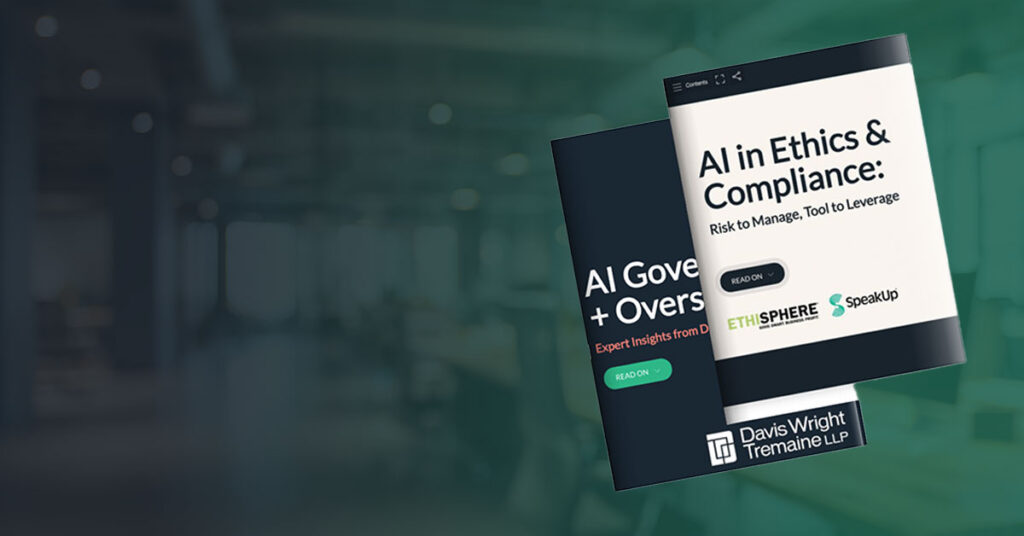No board member likes to hear the words “personal liability,” but ethics and compliance leaders can’t afford to ignore them. From shareholder lawsuits to regulatory scrutiny, directors and officers face serious liability risks when governance lapses occur on their watch. The challenge is raising these issues without sounding alarmist or undermining trust.
Here’s how experienced CECOs introduce the topic of D&O liability constructively—and position themselves as allies, not adversaries:
- Frame it through fiduciary duty. Directors understand their role as stewards of shareholder value. Connecting E&C topics to fiduciary responsibilities reinforces that you’re aligned with their purpose and not merely pointing fingers.
- Normalize the conversation. Don’t wait for a crisis to mention liability. Incorporate fiduciary obligations into board training, reporting frameworks, and regular discussions. When the topic becomes part of the expected dialogue, it loses its shock factor.
- Use real-world examples, not scare tactics. Reference public cases or enforcement actions that illustrate the risks directors face when E&C systems fail. Focus on lessons learned and how your company is proactively addressing similar exposures.
- Position E&C as a support system. Make it clear you’re there to help directors discharge their responsibilities—not to audit or second-guess them. When they feel supported, they’re more likely to engage and ask the hard questions themselves.
- Offer practical protections. Ensure directors are up to speed on how the company manages D&O insurance, how whistleblower channels are working, and where gaps might exist in oversight. The more solid your risk management guardrails are here, the better your peace of mind.
- Invest in board education. Ongoing training that is tailored to the board’s evolving responsibilities helps demystify compliance risks. It also reinforces that E&C is a value-add, rather than a defensive posture.
- Understand board dynamics before you weigh in. The more you understand what motivates your board—who they are, what their priorities are, and how they prefer to engage—the more effectively you can tailor how and when you raise sensitive topics.
- Get educated yourself. Consider director-level training for CECOs. The more you understand board obligations from their point of view, the more credible and relevant your guidance becomes.
Raising liability doesn’t have to create fear. Done right, it builds trust because it shows you’re thinking like a board member, not just a compliance officer.
The 2025 Compliance Program Self-Assessment Worksheet is now available! Built from our industry-leading Ethics Quotient® (EQ) questionnaire and benchmarking from this year’s list of World’s Most Ethical Companies® honorees, this 16-question program assessment worksheet is the first step for compliance leaders looking to gain a unique glimpse into the overall effectiveness of their work to date, especially when paired with our automated Compliance Program Self-Assessment. Download your free copy today!






